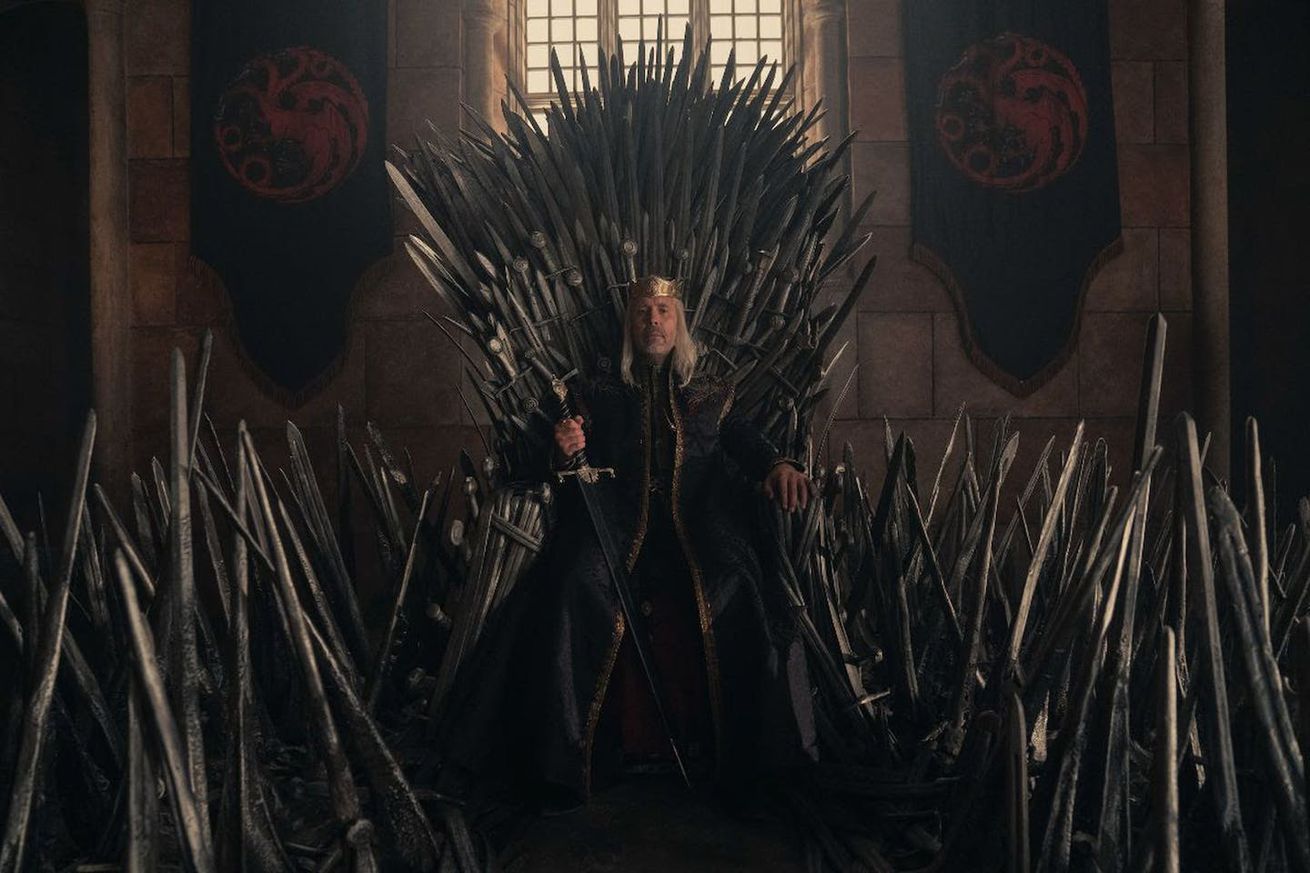
Things got dark on House of the Dragon last night as characters stole dragons and other characters made super incestuous life choices. And all of it was done under the cover of darkness, leading many viewers wondering if their TVs were busted.
But your TV is not busted. Your TV is a victim of the episode’s director, Miguel Sapochnik. The man can presumably see in the dark because this is the second time he’s directed an episode in the Game of Thrones franchise cast in such darkness people questioned their own eyes.
Back in 2019, Sapochnik directed “The Long Night,” a harrowing hour of TV where the many characters of Game of Thrones gathered to finally end the Night King’s invasion of Westeros. Zombies were decapitated. Beloved characters met their end. Much like last night, there was a light dusting of incest. And everything seemed to have been shot with the lens cap still on the camera.
At the time, Sapochnik insisted that the darkness reigning over TVs all across the country was a feature, not a bug. And HBO Max is insisting the same this time around as well.
Hey there! We appreciate you reaching out about a night scene in House of the Dragon: Episode 7 appearing dark on your screen. The dimmed lighting of this scene was an intentional creative decision. Thanks! ^LL
— HBOMaxHelp (@HBOMaxHelp) October 3, 2022
What’s happening here is very easy to understand. The filmmaker isn’t thinking about the product delivered to your phone, TV, or tablet. He’s thinking about what appeared in the editing room as they finalized the episode.
Editing rooms usually include a perfectly calibrated OLED reference monitor. That reference monitor is capable of handling the incredible range of grays and blacks our eyes can see. Your TV at home can’t handle the same range of grays — nor can your phone or your tablet.
This is why an editing room doesn’t just include a $30,000 reference monitor that will make your eyes bleed with the beauty of the content it screens. Editing rooms also often include an OLED TV like you’d find at Best Buy or Costco — only perfectly calibrated. The content is then usually viewed in that same room, which is probably darker than the room you watched the episode in. And the TV could very well be nicer. Cheaper sets can struggle with the blacks and grays where this episode of TV appears to thrive, and when you combine that with a well-lit room, you’re in for a viewing unappealing viewing experience.
But maybe you have a very nice TV. Maybe you were watching it on a perfectly calibrated set in a dark room and still had issues watching House of the Dragon.
If that’s the case, I’m sorry to ask, but how’s your internet?
See, when Sapochnik and company finished editing this episode of TV and reviewing it, they were likely using a very clean copy with little to no compression. The filmmakers are watching way more data than you and I will ever see outside of a UHD Blu-Ray.
Streaming services compress videos so they can stream them quickly and efficiently to us, and that compression means data is lost, and the film we stream into our homes isn’t quite as pretty as what the filmmaker intended. The Long Night’s cinematographer, Fabian Wagner, even blamed compression for the poor reactions to that hour of TV. We all accept it because a little compression is a fine price to pay for convenience.
Oh, and if you’re watching on satellite or cable? The situation could be better — or it could be even worse. Legacy TV is using compression technology that’s way out of date combined with way too many channels you don’t watch. Your coax cable or satellite link may have plenty of bandwidth to spare inside it, but the bad news is somewhere along the line, someone decided to give ESPN and 17 different Nickelodeon channels extra bits to play with while squeezing the bitrate of your movie channels until they’re a muddy mess.
Increasingly, filmmakers seem to be forgetting that what they’re watching in the editing suite isn’t what we’ll get at home. Some films and TV shows that look gorgeous in a theater or a screening room end up looking muddy — and sometimes just straight unwatchable — in our homes.
Some filmmakers are mindful of this. Christopher Nolan begs you to watch his movies in a theater (although he has no problem recording dialogue so “realistic” as to be incomprehensible). Tom Cruise loves to tell you to turn off the Soap Opera effect so you can watch his movies as they’re intended. But some people are Sapochnik and just want to usher you into darkness. Maybe, as our colleagues at Vulture posit, he’s doing this to hide cool Easter eggs and teases for future episodes. But more realistically, he was just born in the darkness, molded by it, and if you want to join him, you’ll need to rethink how you watch TV.
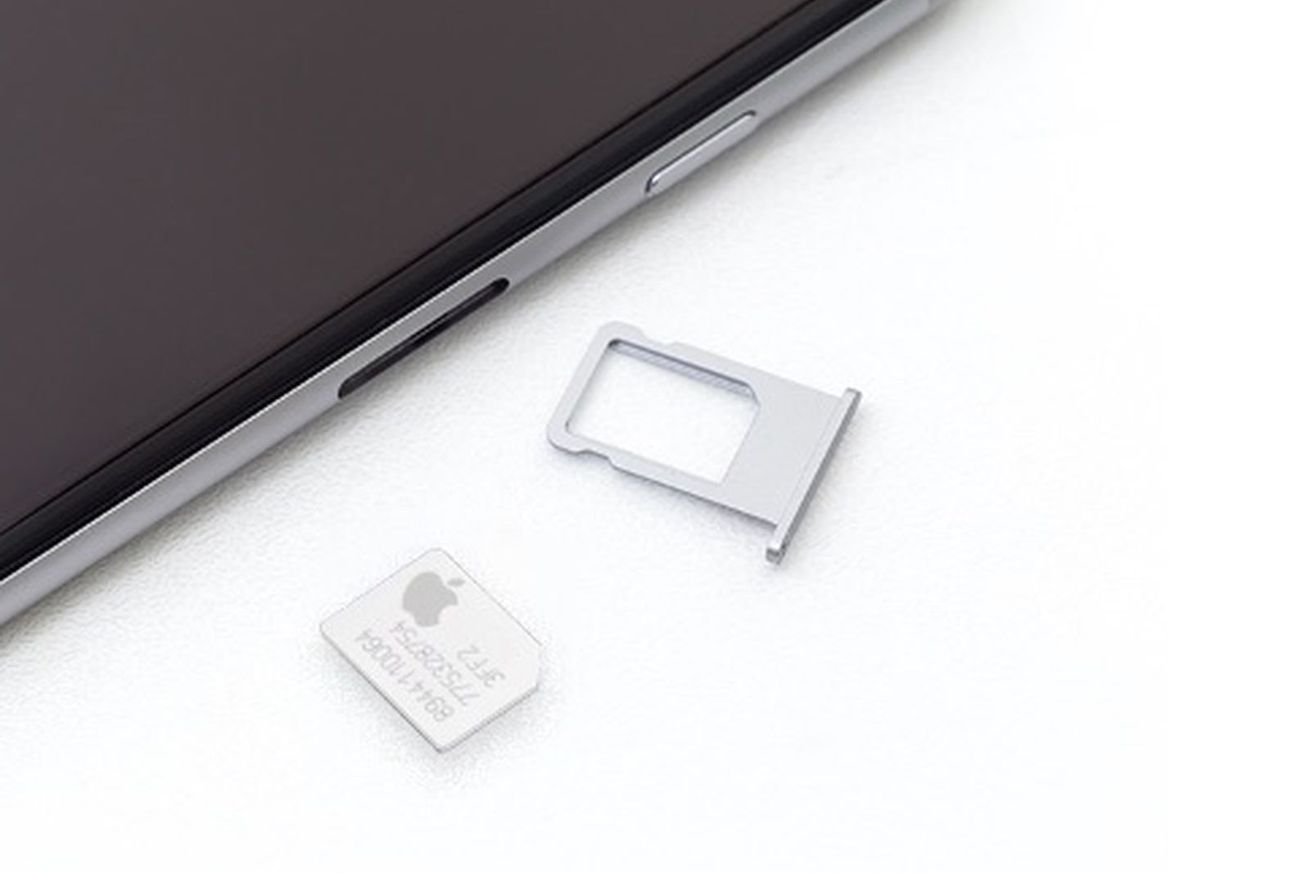


/cdn.vox-cdn.com/uploads/chorus_asset/file/24073428/Wisk_Gen6_Interior1.jpeg)
/cdn.vox-cdn.com/uploads/chorus_asset/file/24073423/Wisk_Gen6_Profile.jpeg)
/cdn.vox-cdn.com/uploads/chorus_asset/file/24073425/Wisk_Gen5_6.png)

/cdn.vox-cdn.com/uploads/chorus_asset/file/24076154/03_Maserati_GranTurismo_Folgore.jpeg) Image: Maserati
Image: Maserati
/cdn.vox-cdn.com/uploads/chorus_asset/file/24076158/04_Maserati_GranTurismo_Folgore.jpeg) Image: Maserati
Image: Maserati

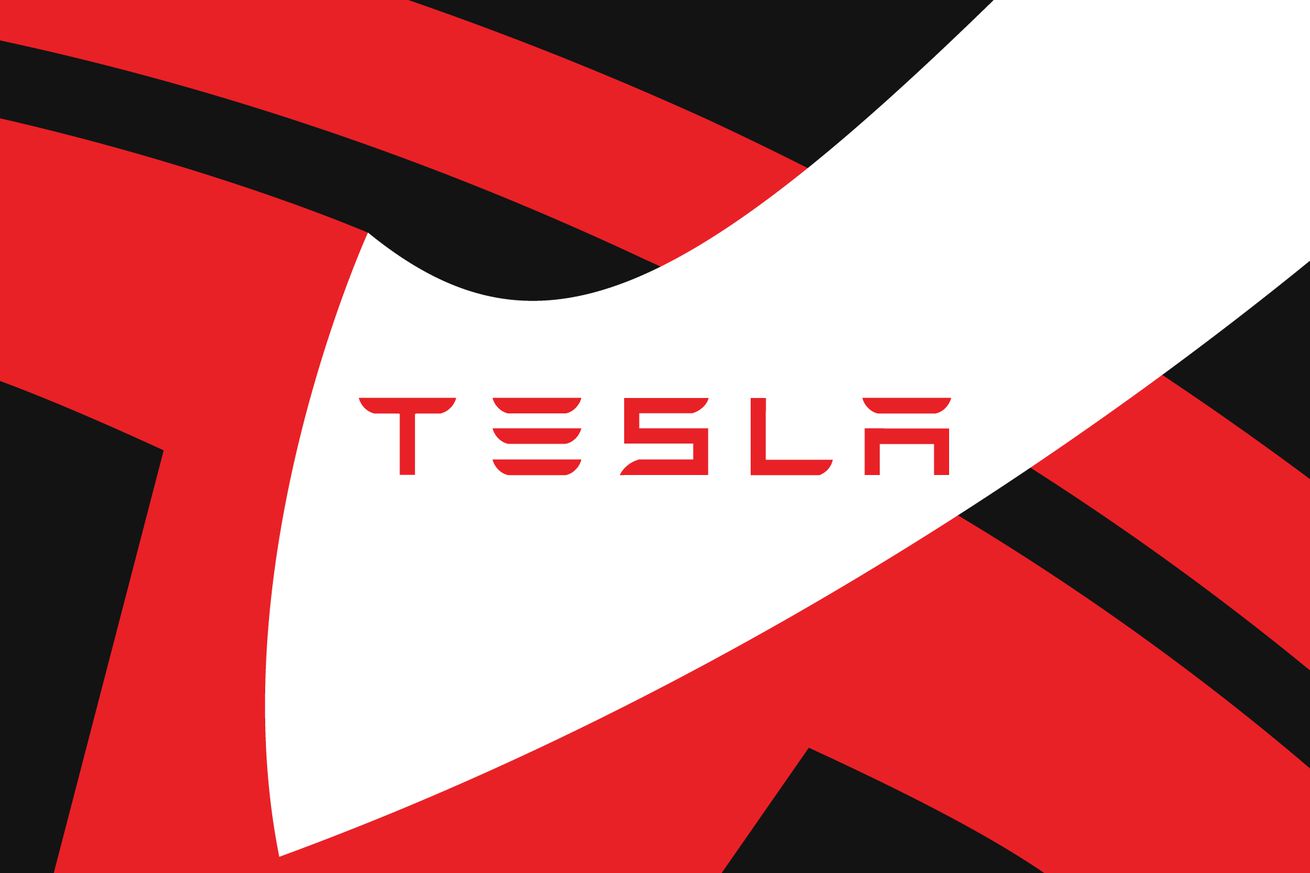

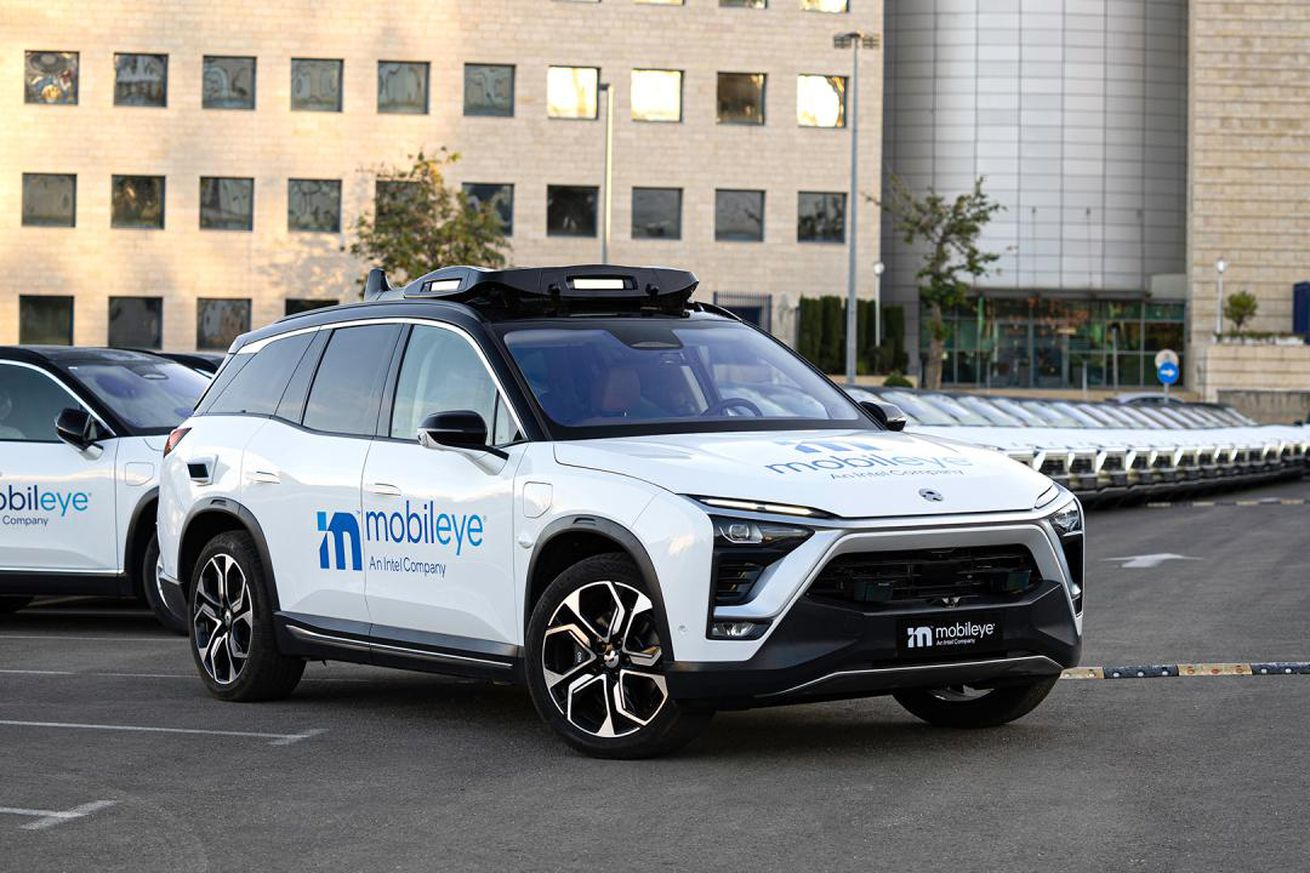

/cdn.vox-cdn.com/uploads/chorus_asset/file/24066078/20220927_170923_vert.jpg)
/cdn.vox-cdn.com/uploads/chorus_asset/file/24066132/IMG_2675.JPG)


/cdn.vox-cdn.com/uploads/chorus_asset/file/24070778/fsdd_beta_160k.jpg) Image: Tesla
Image: Tesla
/cdn.vox-cdn.com/uploads/chorus_asset/file/24070648/Screen_Shot_2022_09_30_at_10.49.04_PM.png) Image: Tesla
Image: Tesla
/cdn.vox-cdn.com/uploads/chorus_asset/file/24070656/Screen_Shot_2022_09_30_at_10.52.41_PM.png) Image: Tesla
Image: Tesla
/cdn.vox-cdn.com/uploads/chorus_asset/file/24070683/Screen_Shot_2022_09_30_at_11.19.29_PM.png) Image: Tesla
Image: Tesla

/cdn.vox-cdn.com/uploads/chorus_asset/file/24070454/tesla_bo0t.jpg) Image: Tesla
Image: Tesla
/cdn.vox-cdn.com/uploads/chorus_asset/file/24070465/Screen_Shot_2022_09_30_at_9.36.03_PM.png) Image: Tesla
Image: Tesla
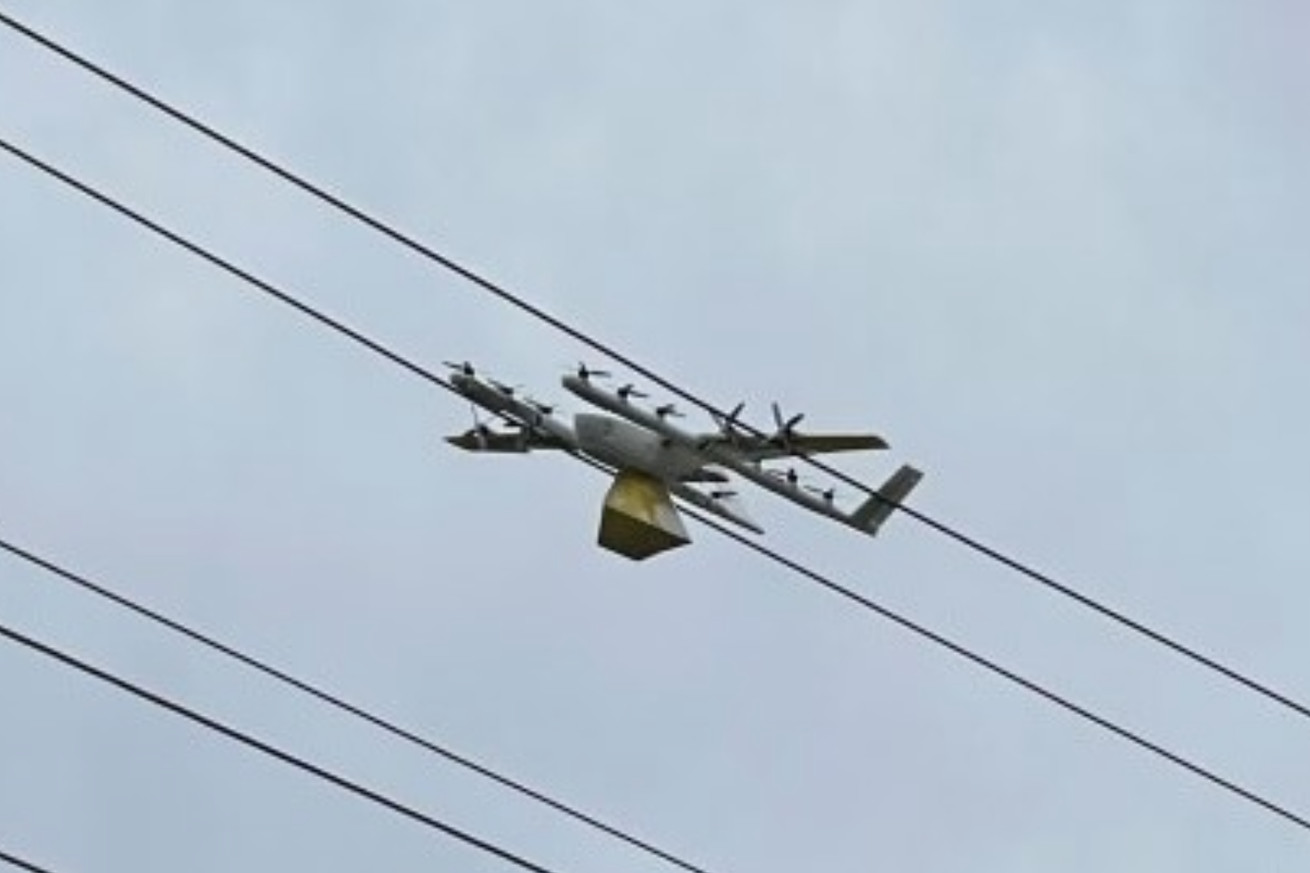
/cdn.vox-cdn.com/uploads/chorus_asset/file/24067446/1243103329.jpg) Image: Andy Jacobsohn/AFP via Getty Images
Image: Andy Jacobsohn/AFP via Getty Images
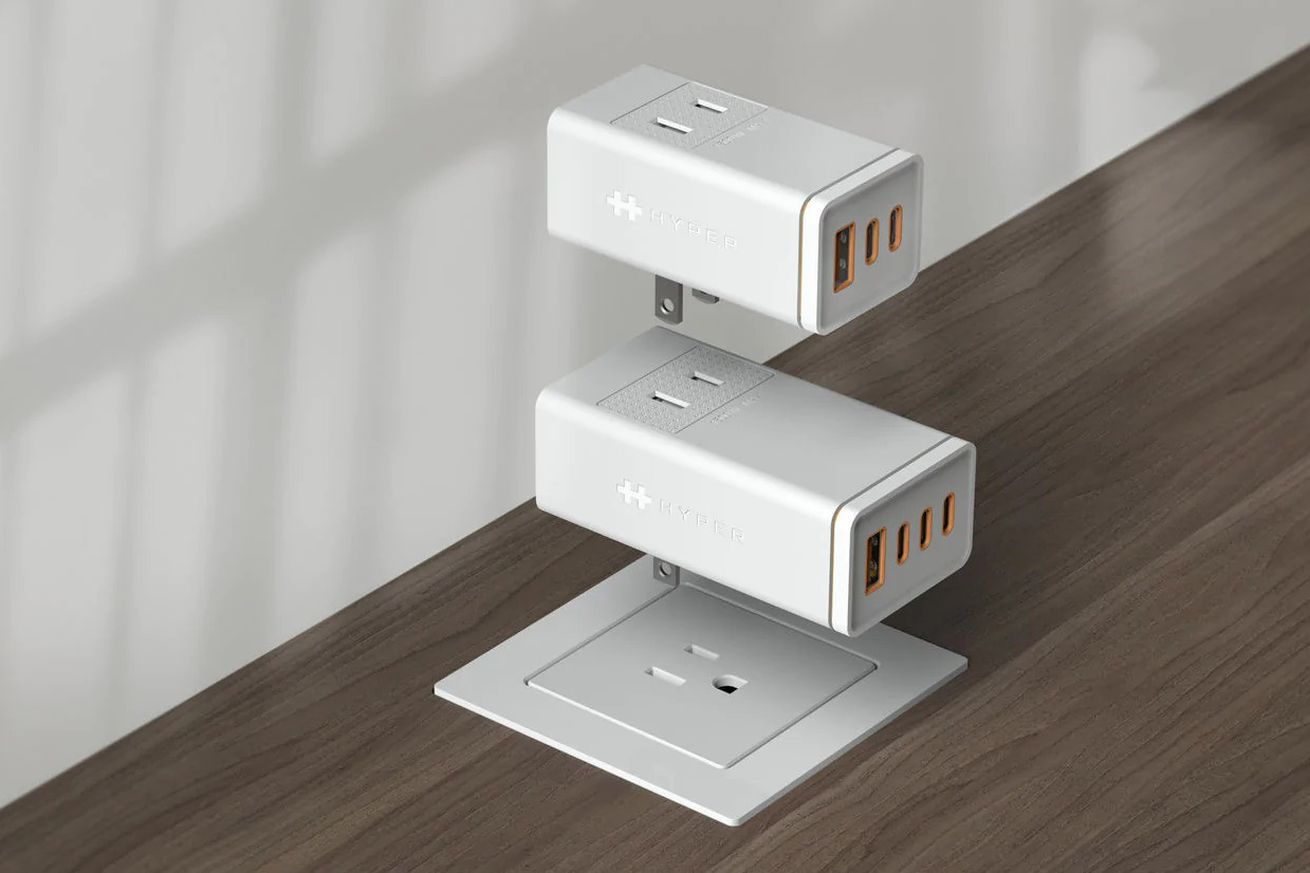


/cdn.vox-cdn.com/uploads/chorus_asset/file/24066521/Heart_Rate_Sensor_Model.jpg) Image: Anker
Image: Anker
/cdn.vox-cdn.com/uploads/chorus_asset/file/24066523/Heart_Rate_Sensor_Product_1.jpg) Image: Anker
Image: Anker
/cdn.vox-cdn.com/uploads/chorus_asset/file/24066526/soundcore_APP_1200.jpg) Image: Anker
Image: Anker
